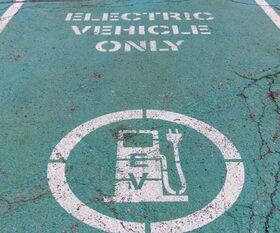Canada and California to work together on cleaner transportation
Green Car Congress
JUNE 27, 2019
The Memorandum of Understanding commits both governments to work together on developing their respective regulations to cut greenhouse gas emissions from light-duty vehicles, such as those currently in effect in Canada, California and the 13 US states that have adopted California’s standards.












Let's personalize your content